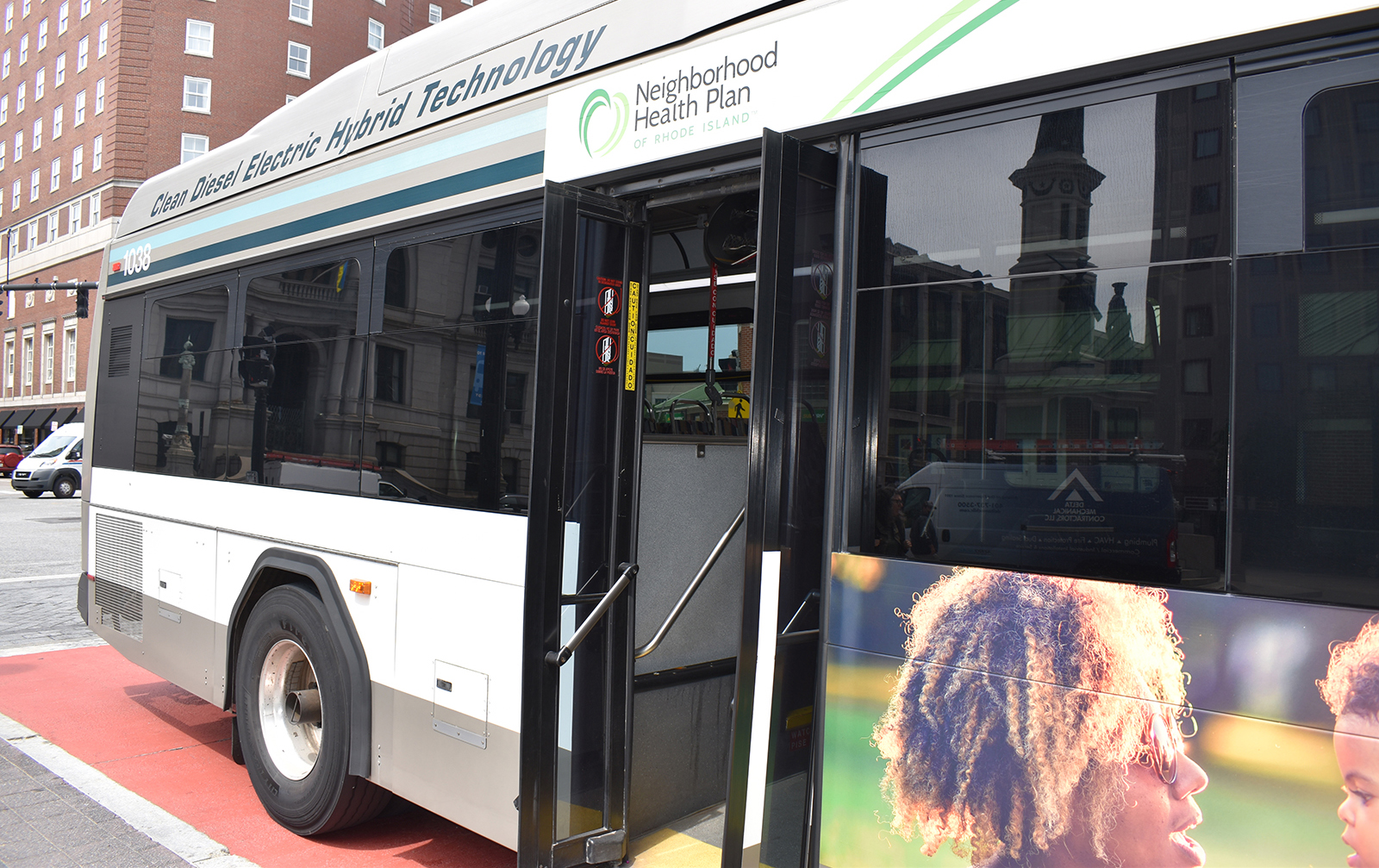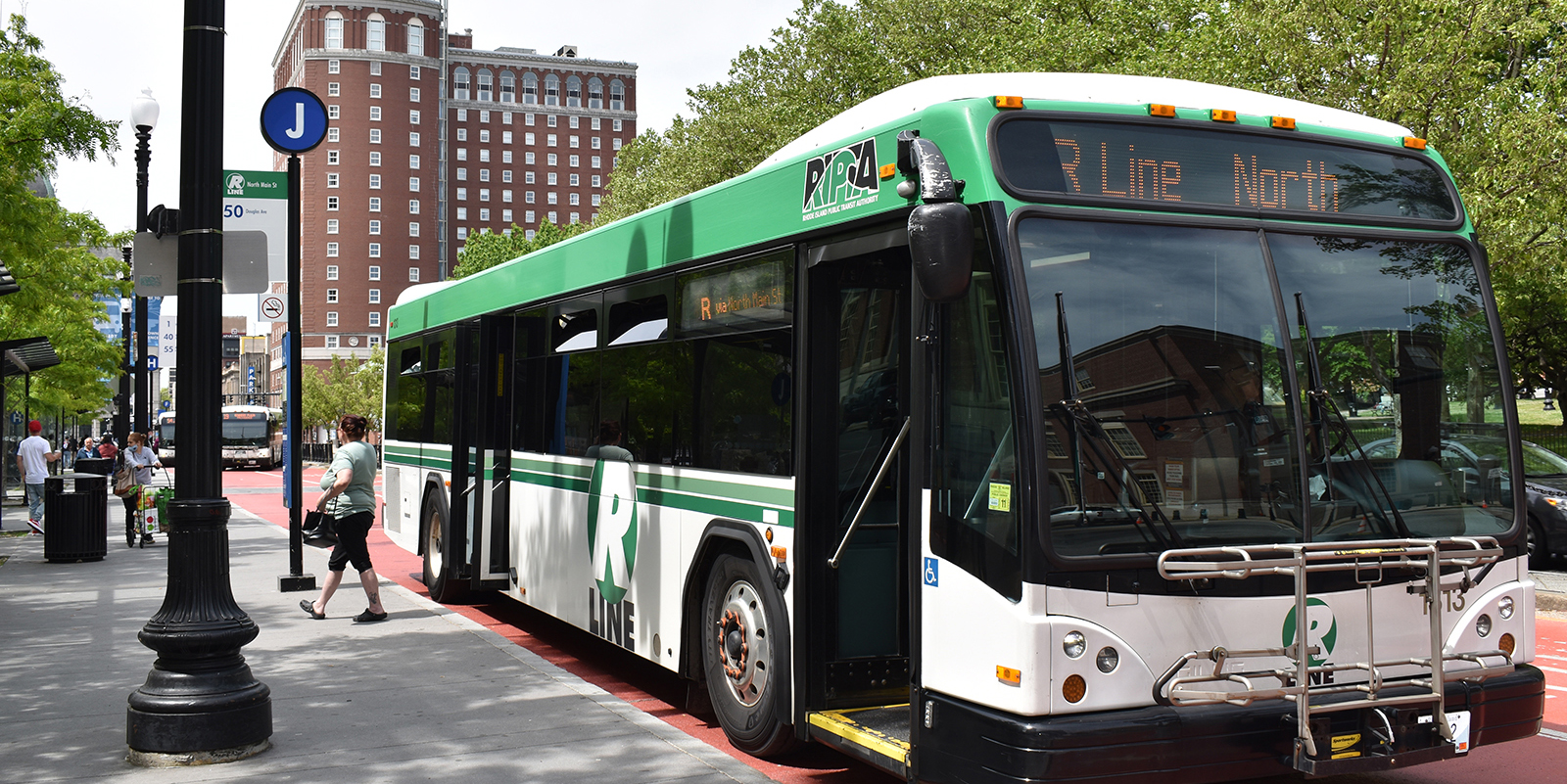Providence’s Great Streets Initiative Gears Up Even as South Water Street Project Hits Speed Bump
August 24, 2021
PROVIDENCE — A long list of roadwork projects are on the docket this fall to make city streets safer and more sustainable, but the initiative is off to a bumpy start.
When the Providence Great Streets Initiative is completed, more than a dozen new or updated segments of bicycle lanes and urban trails will gear city streets up for green transit. The push to build a network of safe, high-quality, multimode streets, formally introduced in January 2020, is now ready to go, but business owners have raised late-phase concerns that the changes to South Water Street will drive customers away.
On July 21, the City Council passed the Green and Complete Streets Ordinance to standardize city road design to prioritize safety and green transit. The ordinance, later signed by Mayor Jorge Elorza, mandated that streets be “designed to enable safe access for all users,” including cyclists, pedestrians, motorists and transit users of all ages and abilities. It also established a seven-member advisory council to review existing street and sidewalk designs, identify funding opportunities and encourage future improvements.
Earlier this month, the city announced comprehensive plans to go ahead on bicycle and pedestrian improvement projects on 18 miles of local roadway.
“All residents should feel a sense of belonging, and our public infrastructure is an integral part of that mission,” Elorza is quoted in the Aug. 13 statement. “Our streets play a central part in shaping our neighborhoods so we must design infrastructure in a way that embraces multi-modal transportation while simultaneously prioritizing the safety of those who choose alternative methods of transit.”
Bike lane construction and safety improvements on South Water, Manton, Empire, Chestnut and Richmond were scheduled to begin in mid-August and be completed by mid-October.
Additional work on “neighborhood greenways,” consisting of speed hump construction and minor road striping on side streets, would link neighborhoods to a citywide network of bicycle lanes. Urban trail projects on Broad Street and Dean Street are set to begin in early 2022. Projects on Broadway and Mount Pleasant Avenue are still in design.
But one week before work was set to begin on South Water Street, some business owners claimed the changes would cause congestion and limit traffic to the area.
The South Water Street plans call for one of two current driving lanes to be transitioned into a two-way, separated urban trail. The bicycle lanes would be placed on the riverside of South Water, stretching from Point Street to Dyer Street. Curb cuts, speed humps to slow car traffic and bus islands to narrow crosswalk distance would also be added. No changes would be made to existing sidewalk space or the number of available parking spots.
A study conducted on South Water Street in March 2020 showed one lane would more than accommodate peak traffic. According to a presentation by principal planner Alex Ellis, each lane has a capacity of 750 cars per hour. Pre-pandemic traffic peaked at 329 cars per hour and spot counts in July showed the busiest hour saw 509 cars pass by.
To address the recent concerns, Ellis said engineers had been consulted to verify the congestion impact of an altered South Water Street. The city planned to consider traffic-light adjustments to minimize backups, better accommodate large vehicles and delivery trucks with adjusted lane delineators and loading zones, and delay speed hump construction until other aspects of the project have been completed.
Project opponents have claimed no advance warning was given regarding changes to the East Side thoroughfare.
Timothy Rondeau, director of communications, planning and development, noted plans have been in development for two years and were the product of more than 20 public meetings. He noted more than 1,800 mailings were sent to “adjacent property owners, businesses and residents.”
“There were several meetings and communications sent with opportunities to provide comment,” City Council member John Goncalves wrote in an Aug. 18 statement. “Unfortunately, some individuals did not participate or engage in that process.”
According to Providence Streets Coalition, the South Water project won’t impede traffic and will give residents and visitors more options. It doesn’t have to divide stakeholders, according to a tweet by the organization.
“Too often, efforts to make changes to streets and improve the infrastructure that will give people real choices invoke the ire of those who primarily drive. But it doesn’t have to be this way. We all want the same things: more safety and less stress on the streets.”




Idealistic nonsense. Maybe instead of diminishing business in these areas and taking away much-needed automobile capacity, effort should be made to cut down on the murders, stabbings and assaults that plague downtown Providence
So we should halt all green infrastructure initiatives because a city has crime? Destructive car culture is one of many factors that spread poverty which lead to crime. Your reactionary comments help no one and in reality, people like you are more of the problem than a multi use path.
as usual, despite all the talk about climate change, pollution, and the need for exercise, the only thing that counts with some, including elements of the business community, is cars cars cars. Not even a parking space lost but the thought that some motorists might have to go slower is too daunting for the poor dears. And its amazing anything can ever get done, in spite of all the hearings and mailings there are some whining they didn’t get enough notice.
Maybe we might as well live it up while we still can, we are never going to tackle climate change
Two car lanes are not needed on this street:
"According to a presentation by principal planner Alex Ellis, each lane has a capacity of 750 cars per hour. Pre-pandemic traffic peaked at 329 cars per hour and spot counts in July showed the busiest hour saw 509 cars pass by."
Why are speed humps needed if the lane is separated?